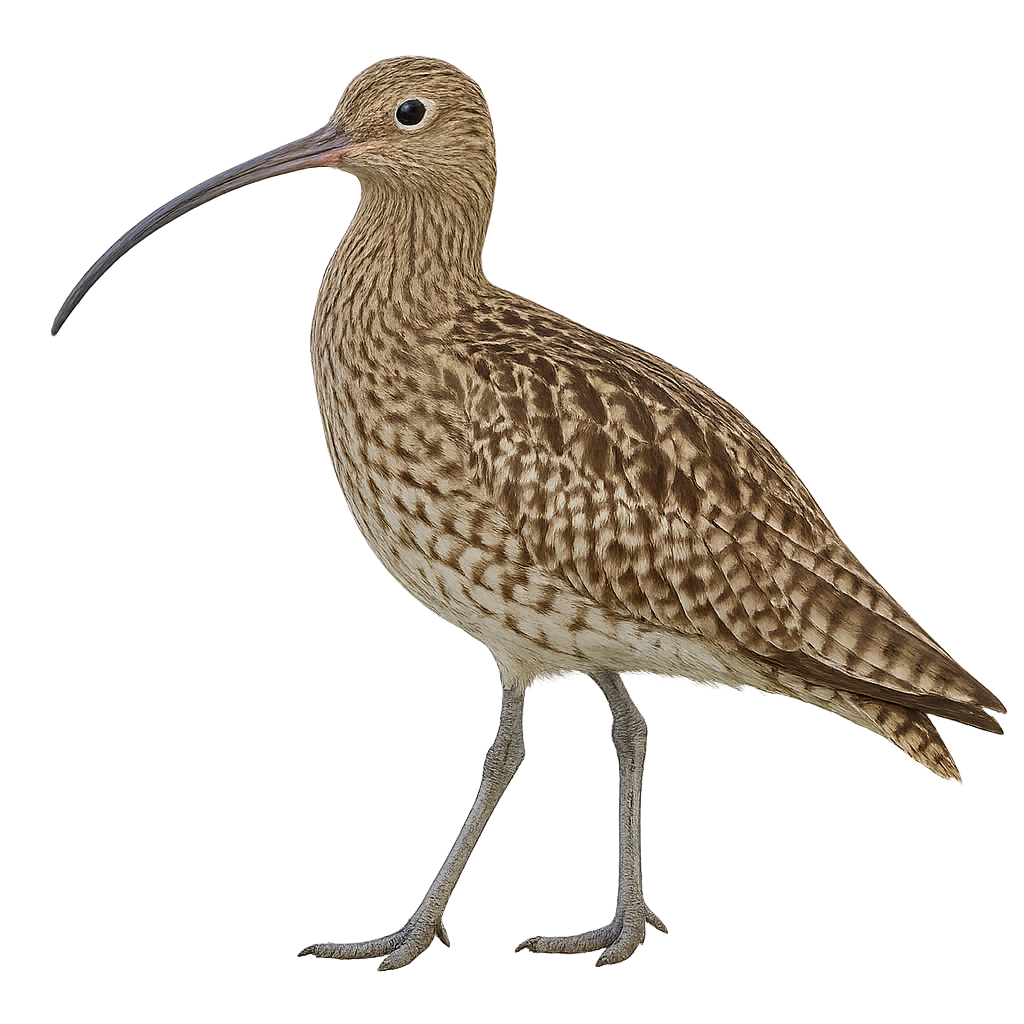Your wildlife photography guide.
Explore the eurasian curlew in detail, study its behavior, prepare your shots.
Where to observe and photograph the eurasian curlew in the wild
Learn where and when to spot the eurasian curlew in the wild, how to identify the species based on distinctive features, and what natural environments it inhabits. The WildlifePhotographer app offers tailored photography tips that reflect the eurasian curlew’s behavior, helping you capture better wildlife images. Explore the full species profile for key information including description, habitat, active periods, and approach techniques.
Eurasian Curlew
Scientific name: Numenius arquata

IUCN Status: Near Threatened
Family: SCOLOPACIDAE
Group: Birds
Sensitivity to human approach: Shy
Minimum approach distance: 40 m
Courtship display: April to May
Incubation: 26-29 jours
Hatchings: April to June
Habitat:
Wetlands and marshes
Activity period :
Primarily active during the day, with peak activity in the morning and late afternoon.
Identification and description:
The Eurasian Curlew is a large wader, easily recognizable by its long, down-curved bill and gray-brown plumage with dark speckling. This wader has a slender silhouette, long legs, and broad wings. It measures about 50 to 60 cm in length, with a wingspan of 90 to 105 cm. During the breeding season, the Eurasian Curlew has brighter and more contrasting plumage, but it becomes more subdued during winter, with duller tones.
The Eurasian Curlew primarily feeds on earthworms, invertebrates, and small crustaceans, which it captures in marshy areas, wet meadows, or along riverbanks. It is mainly observed in coastal areas or estuaries, where it forages by probing the ground for food. Although it is migratory, the Eurasian Curlew breeds mainly in Europe and winters in North Africa and southern Europe. It is currently classified as vulnerable due to habitat loss and disturbances in its breeding areas.
Recommended lens:
300 mm – adjust based on distance, desired framing (portrait or habitat), and approach conditions.
Photography tips:
Use a telephoto lens to capture images from a distance, respecting the discreet nature of the species.
Photograph early in the morning or late in the afternoon, when the soft light enhances the curlew’s plumage.
Look for it in wetlands: marshes, estuaries, mudflats and sandbanks exposed at low tide, as well as wet meadows and peat bogs.
Be patient and discreet to avoid disturbing its natural behavior.
The Eurasian Curlew is classified as Near Threatened by the IUCN. It is sensitive to habitat loss and human disturbance. It is essential to respect its environment and minimize disruptions, especially during the breeding season.
The WildlifePhotographer App is coming soon!
Be the first to explore the best nature spots, track rutting seasons, log your observations, and observe more wildlife.
Already 1 439 wildlife lovers subscribed worldwide

